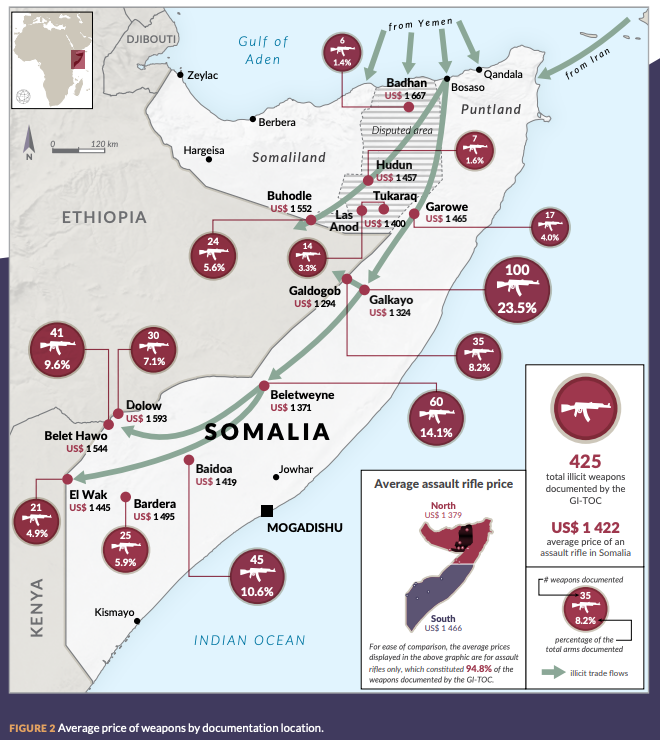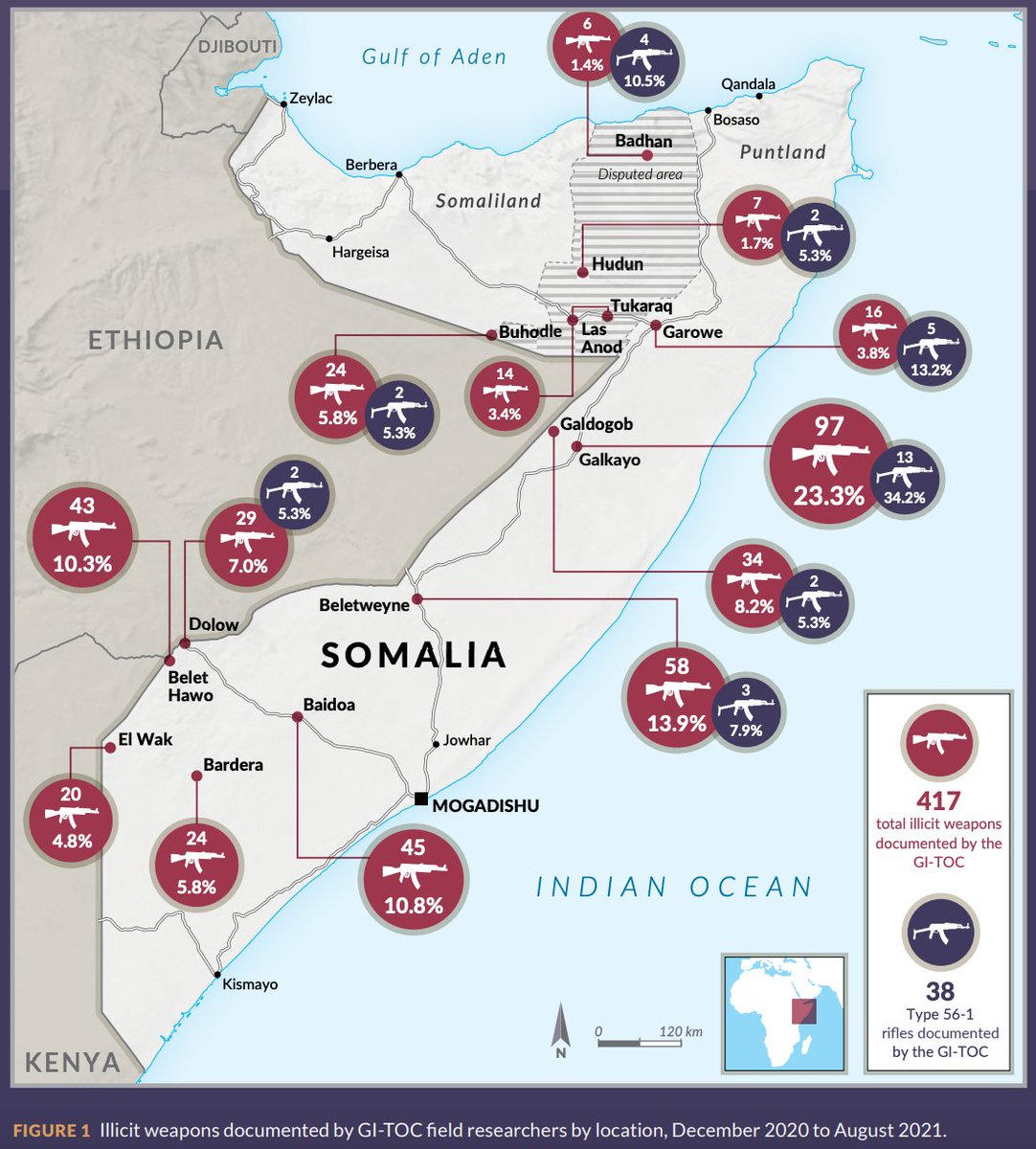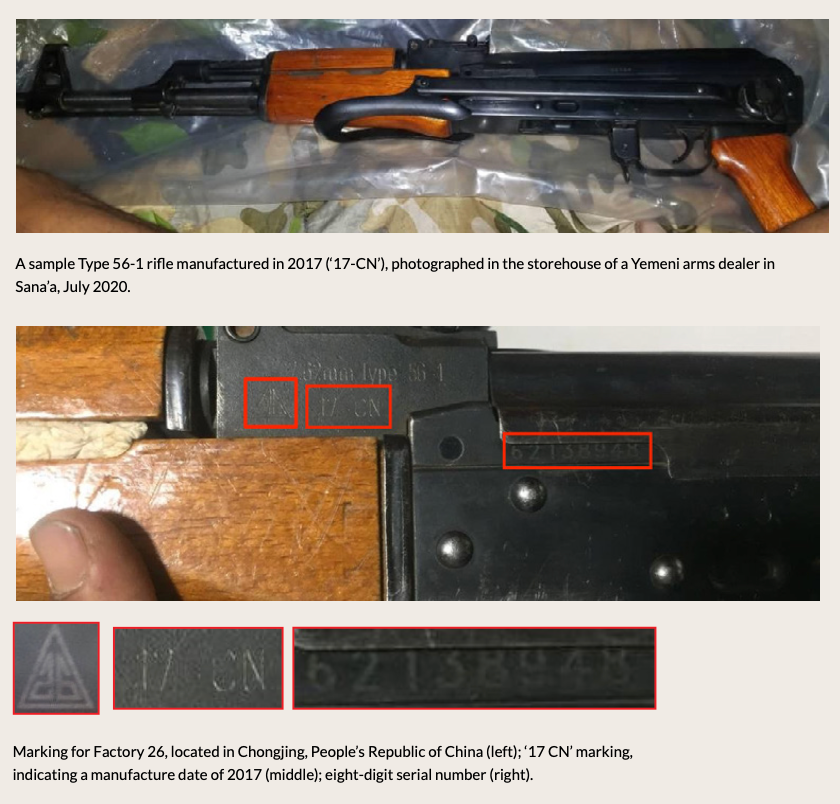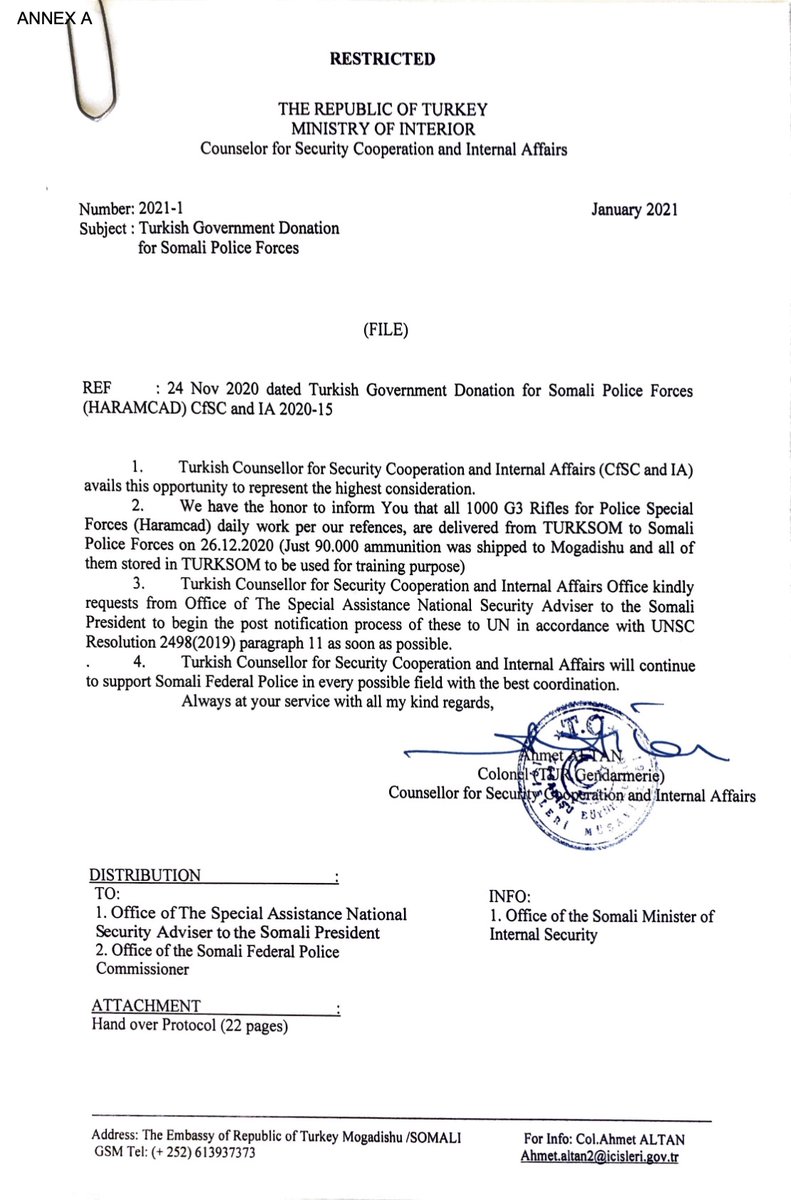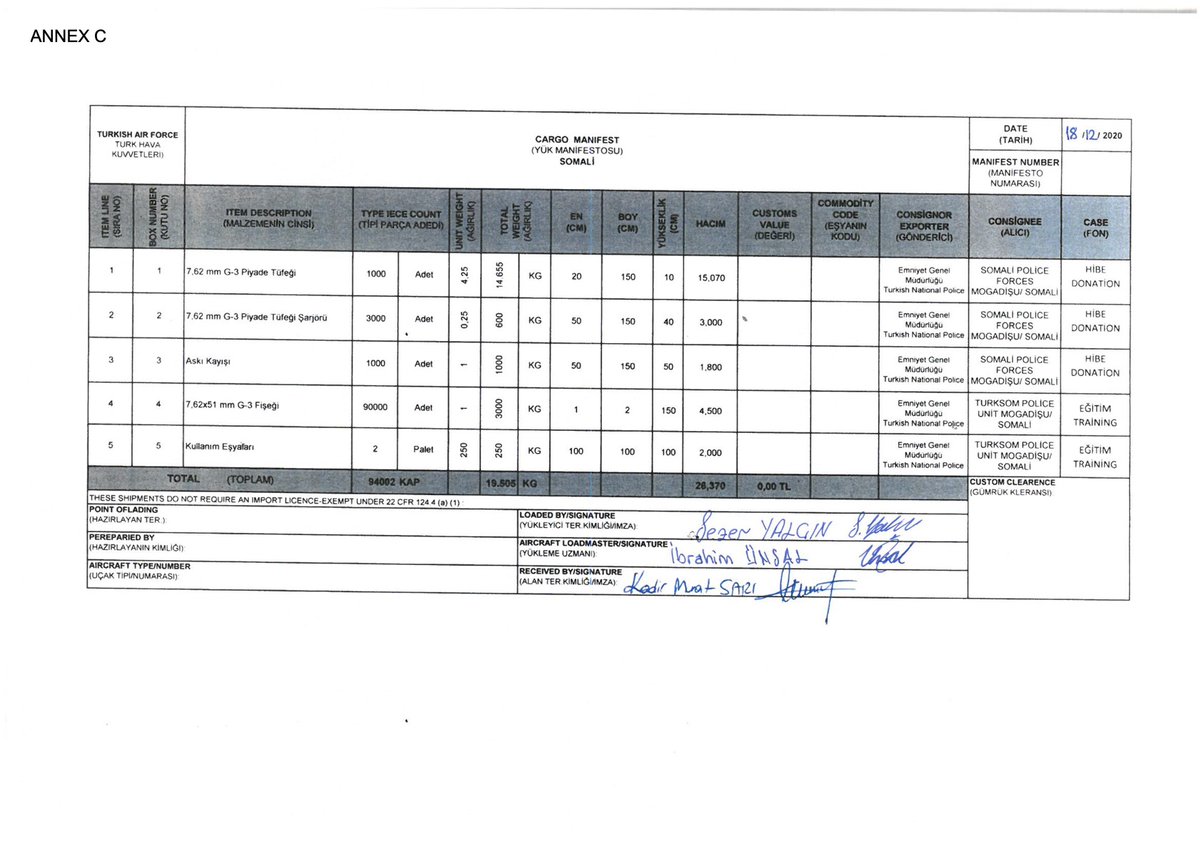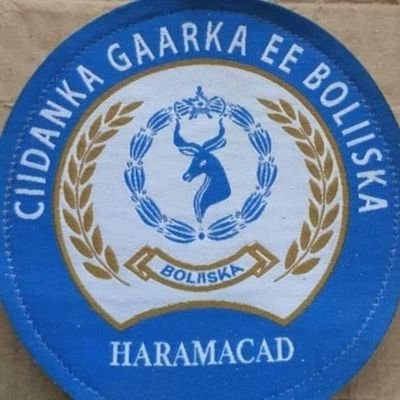
My sixth paper for @GI_TOC has just gone live!
It takes a deep dive into Al-Shabaab's checkpoint 'taxation' system, drawing on over 800 'tax' receipts issued by al-Shabaab tax officials from July 2015 – Oct 2021. (thread) #Somalia
👇
globalinitiative.net/analysis/al-sh…
It takes a deep dive into Al-Shabaab's checkpoint 'taxation' system, drawing on over 800 'tax' receipts issued by al-Shabaab tax officials from July 2015 – Oct 2021. (thread) #Somalia
👇
globalinitiative.net/analysis/al-sh…
Such a large body of data allowed unique insights into Al-Shabaab's taxation practices. We were able to analyze tax rates over time and across different transportation routes. 

Some highlights from the findings:
1) Al-Shabaab categorizes its checkpoint tax system into four streams:
🚚 Transit
📦 Goods
🌾 Agricultural produce
🐐 Livestock
1) Al-Shabaab categorizes its checkpoint tax system into four streams:
🚚 Transit
📦 Goods
🌾 Agricultural produce
🐐 Livestock

2) Al-Shabaab is "commodity agnostic," meaning that it is the size of the vehicle that determines taxation rates, not the goods it is transporting.
3) Al-Shabaab’s taxation system is consistent, predictable and is only applied once over the course of a single journey. For those reasons, drivers often prefer transiting via al-Shabaab routes instead of facing repeated extortion along gov't-controlled ones.
4) Al-Shabaab employs three distinct ‘tax brackets’: the highest rates are charged on goods destined for #Kenya or to #Mogadishu for export by sea; the second rate to trade between gov't areas, and the lowest to goods coming in and out of AS-administered areas.
Al-Shabaab’s continued resilience can largely be attributed to the sophisticated taxation apparatus it has established throughout southern Somalia.
The group is believed to run a large budget surplus, allowing to maintain its insurgency indefinitely.
The group is believed to run a large budget surplus, allowing to maintain its insurgency indefinitely.
Checkpoint taxation by both AS and gov't forces are a burden for local communities. This burden is especially punishing at a time of drought and famine in #Somalia, compounded by rising food and fuel prices.
Opening 'trade talks' with Al-Shabaab, aimed at a mutual reduction in checkpoint taxation, might be a possibility given AS' professed humanitarian values.
The paper concludes with several other recommendations aimed at disrupting al-Shabaab’s revenue-collecting apparatus.
Download it here:
globalinitiative.net/analysis/al-sh…
Download it here:
globalinitiative.net/analysis/al-sh…
• • •
Missing some Tweet in this thread? You can try to
force a refresh






